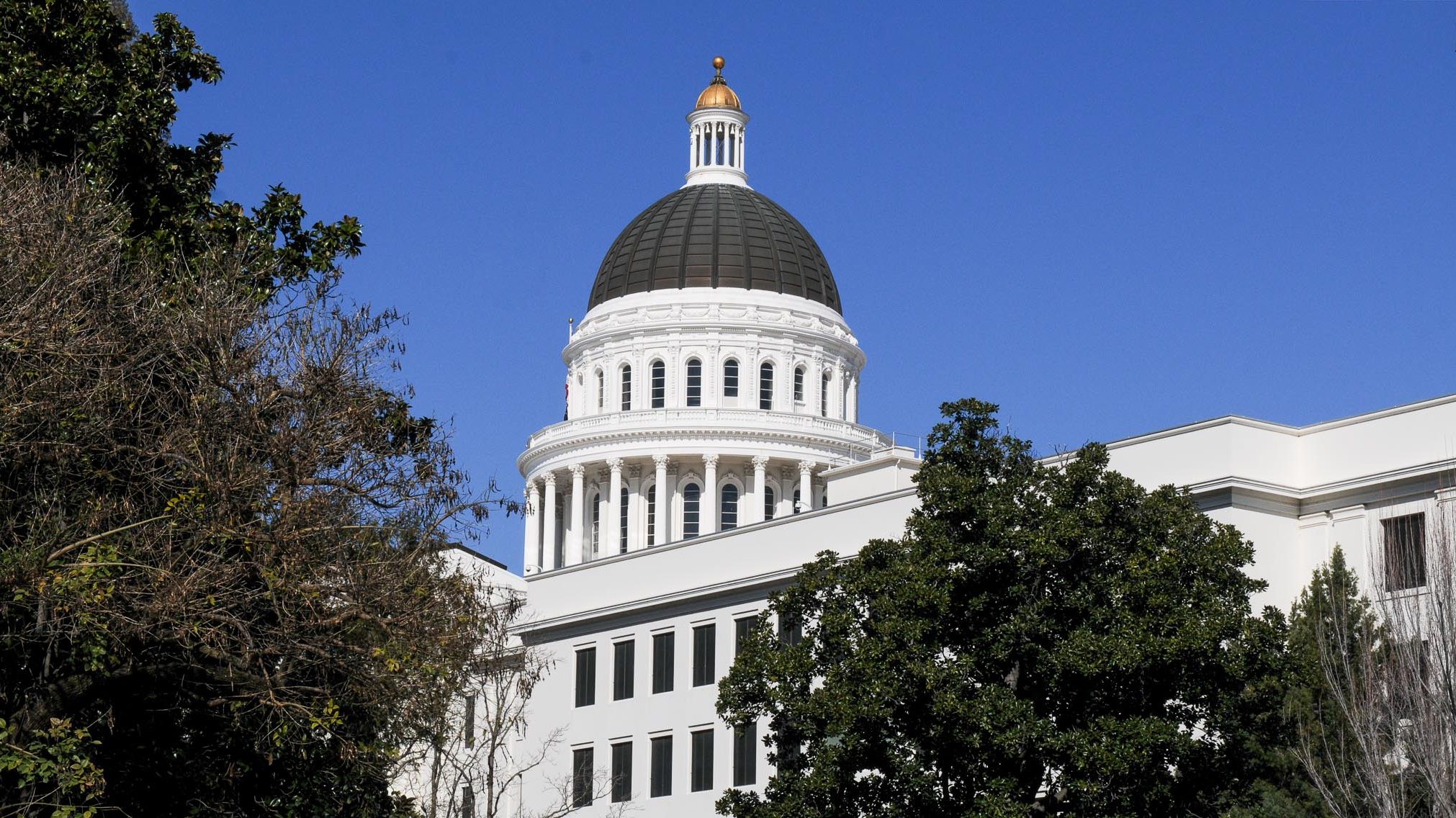
California Air Resources Board. (Photo: CARB)
California Air Resources Board
Required to reduce air pollution and protect the public health
By Chris Micheli, August 11, 2020 6:23 am
The California Air Resources Board (CARB) has a number of roles, including protecting the public from the harmful effects of air pollution, and developing programs and actions to fight climate change. From requirements for clean cars and fuels to adopting innovative solutions to reduce greenhouse gas emissions, California has pioneered a range of effective approaches that have set the standard for effective air and climate programs for the nation, and the world.
CARB is established in the Health and Safety Code Division 26, Part 2, Sections 39500 to 39961. The following are the major sections contained in Part 2:
Chapter 1 – Findings, Declarations and Intent
Chapter 2 – Administration
Chapter 3 – General Powers and Duties
Chapter 3.1 – Permit Assistance
Chapter 3.2 – Goods Movement Emission Reduction Program
Chapter 3.3 – Cruise Ships and Oceangoing Ships
Chapter 3.4 – School Bus Idling and Idling at Schools
Chapter 3.5 – Toxic Air Contaminants
Article 1 – Findings, Declarations and Intent
Article 2 – Definitions
Article 2.5 – Coordination with the Federal Act
Article 3 – Identification of Toxic Air Contaminants
Article 4 – Control of Toxic Air Contaminants
Article 4.5 – Special Provisions for Infants and Children
Article 5 – Scientific Review Panel
Article 6 – Penalties
Chapter 4 – Research
Chapter 4.1 – Greenhouse Gas Reduction Fund Investment Plan and Communities Revitalization Act
Chapter 4.2 – Global Warming
Chapter 4.5 – Rice Straw Demonstration Project
Chapter 4.7 – Agricultural Biomass Utilization Account
Chapter 5 – Air Pollution Control Subvention Program
Chapter 7 – Expedited Air Quality Improvement Program for Electrical Generation
Chapter 8 – Remote Sensing Pilot Program
Chapter 9.5 – Wildfire Smoke Clean Air Centers for Vulnerable Populations Incentive Pilot Program
Pursuant to Health and Safety Code Division 25.5, Part 1, Chapter 4, Section 38510, CARB “is the state agency charged with monitoring and regulating sources of emissions of greenhouse gases that cause global warming in order to reduce emissions of greenhouse gases.” Moreover, in Section 39500, “it is the intent of the Legislature that CARB shall have the responsibility, except as otherwise provided in this division, for control of emissions from motor vehicles and shall coordinate, encourage, and review the efforts of all levels of government as they affect air quality.”
Section 39003 provides that CARB “is the state agency charged with coordinating efforts to attain and maintain ambient air quality standards, to conduct research into the causes of and solution to air pollution, and to systematically attack the serious problem caused by motor vehicles, which is the major source of air pollution in many areas of the state.”
CARB has 16 members — 12 are appointed by the Governor and confirmed by the state Senate. The 12 members include five who serve on local air districts, four experts in fields that shape air quality rules, two public members and one, the Chair, who serves as the only full-time member. The Governor can choose any of the board members to serve as the Chair. The other four include two who represent environmental justice communities (one appointed by the Senate and the other by the Assembly) and two nonvoting members appointed for Legislative oversight, one each from the Senate and Assembly. They serve six-year terms.
According to CARB, the Board is part of a coordinated three-tiered approach to cleaning up air pollution:
- The United States Environmental Protection Agency sets nationwide air quality and emissions standards and oversees state efforts and enforcement.
- The California Air Resources Board focuses on California’s unique air quality challenges by setting the state’s own stricter emissions standards for a range of statewide pollution sources including vehicles, fuels and consumer products.
- Thirty-five local air pollution control districts regulate emissions from businesses and stationary facilities, ranging from oil refineries to auto body shops and dry cleaners.
CARB’s major responsibilities and work require it to reduce air pollution and protect the public health. CARB holds monthly public meetings to review its progress and consider new approaches to cleaning California’s air. According to its website, the Board, Chair and staff routinely consult industry and scientific experts and actively engage with advocates for public health, regulated businesses and low-income communities as part of the decision-making process.
- Legislative Intent Does Not Equate to a Mandate - April 27, 2024
- Frequently Asked Questions about State Agency Ethics Training - April 26, 2024
- Frequently Asked Questions about When Elected Officials Take Office - April 25, 2024





Chris, I’d be interested in knowing more about CARB’s impacts on the trucking industry, and related taxpayer costs. One acquaintance of mine is a truck driver with a late-1990s Peterbuilt that, if my memory is correct, he spent $10k-$20k bringing into compliance around 2012 or so (special CARB-approved particulate filters, etc.). This past December I was talking to him, and apparently trucks with engines over 10 years old are essentially being outlawed in California, regardless of their actual exhaust emissions.
He was also dialoguing with some state agency at that point, where they were offering a grant to old-truck owners, to buy the older “out of compliance” trucks at taxpayer expense and destroy them. Kind of “cash for clunkers” on steroids is what it sounded like to me. I’d be interested in reading more about that here. It seems most people on the streets of CA don’t know anything about it.
CARB uses fake science to crush the economy. Read up on the fake science report written by a fake PhD that is still used today against diesel vehicles. Google – Hien Tran, author of the report “Methodology for Estimating Premature Deaths Associated with Long-term Exposure to Fine Airborne Particulate Matter in California.”
He still works for CARB even though he was exposed as a fraud and that his “science” is fraudulent as well.